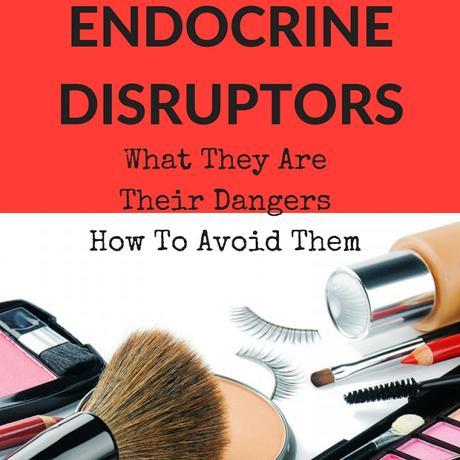
When it comes to your health I strongly believe that knowledge is power. Especially when it comes to skincare and beauty products. I would like to think that the FDA and Health Canada are doing a good job of regulating the products that make it on to the shelves but the simple truth is that they are not. And they openly admit this. It's pretty scary if you ask me.
Ingredients that are linked to cancers, birth defects, infertility and hormone disruption are allowed to be used in everyday skincare and beauty products, and they don't even have to be listed on the label. Let that sink in. THEY DON'T HAVE TO BE LISTED ON THE LABEL. It makes my blood boil just writing that. When companies use words like "fragrance" or "scent" they are not required to disclose what those ingredients are, so there could be many harmful chemicals hiding under those umbrella terms.
So in my mission to help empower you to make safe skincare choices I decided to start by discussing endocrine disruptors and the ingredients you need to avoid to keep these out of your skincare and beauty products and your body!
So, what is meant by the term endocrine disruptor or hormone disruptor? To keep it simple, they are chemicals that act a lot like our bodies' natural hormones do. For this reason they are also known as endocrine disruptors since hormones are what make up the body's endocrine system. When you apply these ingredients or chemicals to your skin, they get absorbed into the bloodstream where they mimic our own natural hormones, in turn confusing our bodies into thinking that the synthetic chemical is actually a hormone. This ultimately leads to hormone imbalances within the body. Hormone disruptors are commonly found in skincare and personal care products. They hide under the terms phthalates, parabens and phenols. And while you might think that the low doses that are likely absorbed through your skin won't be that harmful, it is actually these low doses that do the most damage. This is because your body doesn't recognize these small amounts as foreign, so these chemicals are allowed to wreak havoc on your endocrine system, without your body raising the alarm that anything is wrong.
Scary right?So let's talk a little more about these hormone disruptors.
The three phthalates most commonly used in personal care products are diethyl phthalate (DEP), which is found in scented products, including perfumes, deodorants, soaps and shampoo, and di-n-butyl phthalate (DnBP) and di-isobutyl phthalate (DiBP), which are used in nail polish and cosmetics. Studies done in the lab and on animals show that DEP, DnBP and DiBP have estrogen-like properties and anti-androgenic properties (androgens are the male type hormones found in the body).
The parabens used most often in personal care products are methyl, ethyl, butyl and propyl paraben, which are used as preservatives and antibacterial agents in cosmetics. And like phthalates, parabens have weak estrogenic and anti-androgenic activity with they are studied in the lab (in vitro) or in animals.
Two phenols are also commonly used in personal care products. Triclosan, which is an antimicrobial compound used in liquid soaps, acne creams, deodorants, shaving creams and toothpastes, has been associated with changes in thyroid hormone levels in animals, and BP-3, also called oxybenzone, is used in sunscreens, lip balms, and other sun protection products. BP-3 acts like a weak estrogen in the body, and studies have shown it to cause increased breast cancer cells. I have talked about the dangers of many of the chemicals used in sunscreens before. If you missed that post you can find it here.
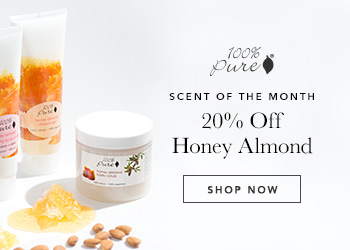
Unfortunately, the use of these hormone disruptors is so common within the personal care and beauty industry, that when they do studies, the breakdown products, or metabolites, of DEP, DnBP and DiBP are detected in the urine of more than 96% of Americans. In other words, basically everyone has endocrine disports in their systems! Methyl and propyl parabenes have been found in more than 90% of individuals, BP-3 in 97%, and triclosan in 75% of people. Those are some scary statistics if you ask me. These chemicals have no business being in our bodies.
And you know me, scientist at heart, I always like to look at the evidence when I do my research. And the great news is that there is scientific evidence that changing your skincare and beauty products can really make a difference!Recently, UC Berkely published a study (found here) showing that, when teenage girls stopped using toxic skincare products for just 3 days, their levels of hormone disrupting chemicals reduced by 27-45% in just 3 days. It's pretty incredible. What we put on our skin really does affect our entire body.
And how is that companies are allowed to use these ingredients when they are known to be harmful or toxic? It's simple. There is almost no regulation when it comes to the skincare and beauty industry.
In fact, the last time a law was passed regulating the skincare industry in the United States was 1938. That is almost 80 years ago! That is just crazy to me. There are currently over 80,000 chemicals in commerce today and there is safety data on only 10-20% of them. Meaning that the majority of the chemicals used in our products and in our environment, HAVE NOT been proven to be safe. This is why you need to be your own best advocate and only stick with brands and ingredients that are known to be safe.
I personally use and trust Beautycounter, 100% Pure, and Neal's Yard Remedies products because all of their ingredients have been tested for safety. But there are many other companies that are also committed to only using safe ingredients as well.
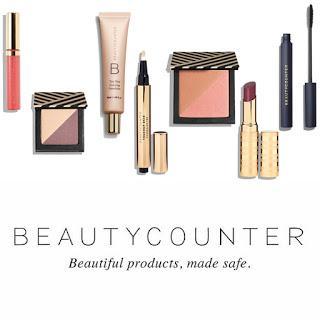
One easy way to check if a product is safe is by using the EWG Skin Deep Database. They also have an app that you can download for free. I only recommend using products that rate a 1-2 on that guide. That way you know for sure that they are safe. Not only for you, but for your family and friends as well.
So please, start reading those labels and avoiding the ingredients that are known to be endocrine disruptors! And spread the word, because you vote with your dollars, and the more people that start switching to safer skincare and beauty products, the more likely is is that industry and government will have to start listening and making changes. Your health is too important to ignore.
If you would like any information on Beautycounter products please let me know. I am happy to provide product recommendations and samples if you would like. And if you are looking to do some more reading on this topic here are a couple references for you to start with:
Health and Safety Videos
EWG's Dirty Dozen Endocrine Disruptors
The HERMOSA Study
You Might Also Like:
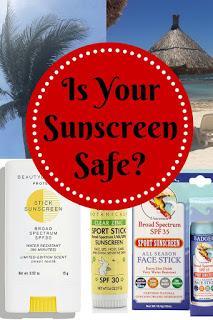
Is Your Sunscreen Toxic?
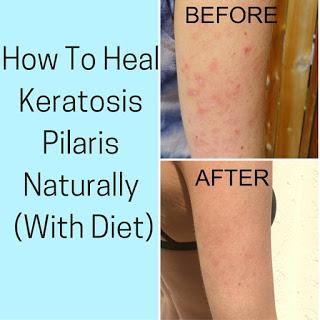 How To Heal Keratosis Pilaris With Diet
How To Heal Keratosis Pilaris With DietPin This Post For Later:
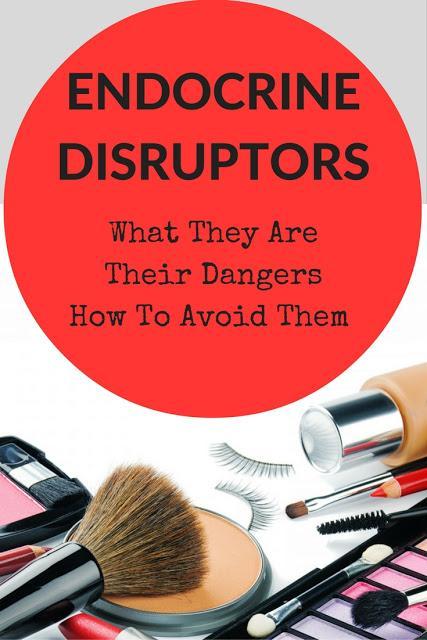
DISCLAIMERS: The statements made on this website have not been approved by the Food and Drug Administration. The information is not intended to diagnose, treat, cure, or prevent disease. You assume full responsibility for how you use this information. Always consult with your physician or other health professionals before making any diet or lifestyle changes.
This post may contain affiliate links whereby if you purchase these products I receive a small percentage of the sale price. This allows me to keep the blog running and I thank you for allowing me to do that!

